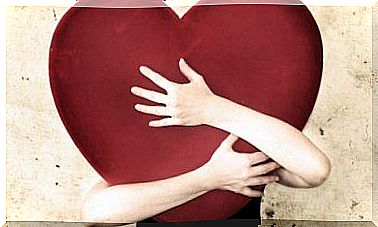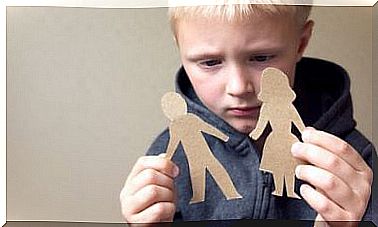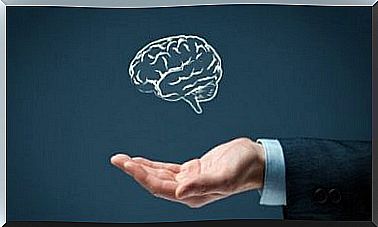How Does The Brain Process Emoticons?
The way we communicate is changing at a rapid pace. It actually feels like a car being pulled by the technology train, which has gone from useful to necessary to tyrannical in some cases. We now write to people who are far away from us to talk to them, or to embellish the shop window that social media profiles have become. We use emoticons to save ourselves from the limitations of written communication, but how does the brain actually process emoticons?
What do these emoticons do? In general, they simulate a face and accompany a message so that it can be properly understood. ‘ Hi ? How are you :D?’ is not the same as ‘Hi, how are you?’. Emoticons can even be a rescue because written communication quickly seems serious, that’s how we interpret it, and if an emoticon is missing, it’s not uncommon to think the other person is angry.
And if you write without using emoticons, it may feel like the message you sent contains all the information, but it doesn’t have everything you wanted to convey.
The origin and importance of emoticons
Emoticons are indicators of emotion. The first emoticon dates back to 1982 and was used by author and computer scientist Scott Fahlman. The way he used emoticons was very similar to the way we use them today, as he used them on forums as a way to tell the difference between messages with an ironic and light-hearted tone and those with a serious tone.
Since then, there has been such an incredible evolution in the use of emoticons that in 2015, the Oxford English Dictionary chose an emoticon – specifically the one that cries with laughter – as the word of the year. Maybe they were a little kidding with that decision, but it gives an idea of how this form of communication has naturally become integrated with the way we express ourselves.
Not so much on forums anymore, but like Scott Fahlman, we still use the smiling faces to lighten the tone of a message or as a reply to funny messages. In fact, the typical ‘hahaha’ is increasingly in danger of extinction because emoticons are a more accurate representation of the gestures we make than a sequence of h’s and a’s.
How does the brain process emoticons?
When a new form of communication appears, so does a new topic for science: learning to understand the effects this new form of communication can have on us. A study conducted in 2006 by Yuasa, Saito and Mukawa used MRIs to measure participants’ brain activity and show that the brain does not recognize emoticons as faces. They could deduce this because the gyrus fusiformis, also called the fusiform facial brain region, was not activated, which is the case during facial recognition.
However, this is not the most important part. The important part is that we associate each emoticon – at least the popular ones – with different emotions. So according to the researchers, this means they are good at doing their job.
In a later study, Churches, Nicholls, Thiessen, Kohler, and Keage (2014) drew a different conclusion, claiming that both faces and emoticons activate the same areas in the brain. All these areas are located in the so-called occipital- temporal cortex.
It seems that thanks to our ability for associative learning, our brain has somehow created a link between emoticons and the emotions they are supposed to represent. Thanks to this link and technology, these tiny images, of which even plush versions have been made, seem to have acquired a permanent place in our way of interacting.
Emoticons and Personality
The study of emoticons offers a wide range of possibilities. One question we might ask is whether the emoticons we often use can say something about our personality beyond the immediate communicative context in which they are used.
According to a small experiment conducted by publisher Daniel Brill, the frequent use of the emoticon crying with laughter indicates a funny personality, the use of the smiley face with its teeth bare indicates a defensive personality and the excessive use of a animal, such as the octopus, denotes someone who has trouble relating to others.
These observations are purely out of curiosity, as the study had too many flaws to draw any real conclusions. However, it does open the door to a very rich field that has yet to be explored. If there’s one thing that comes out clearly from these studies, it’s that the emoticons will remain in our lives.









